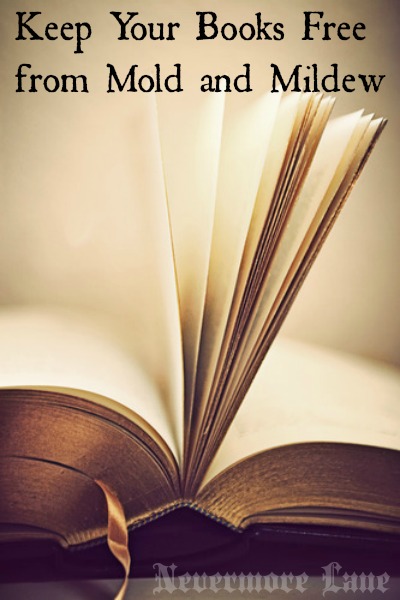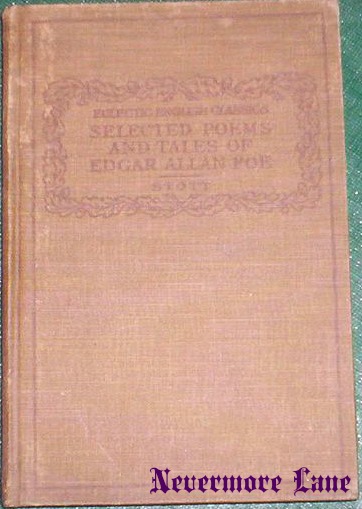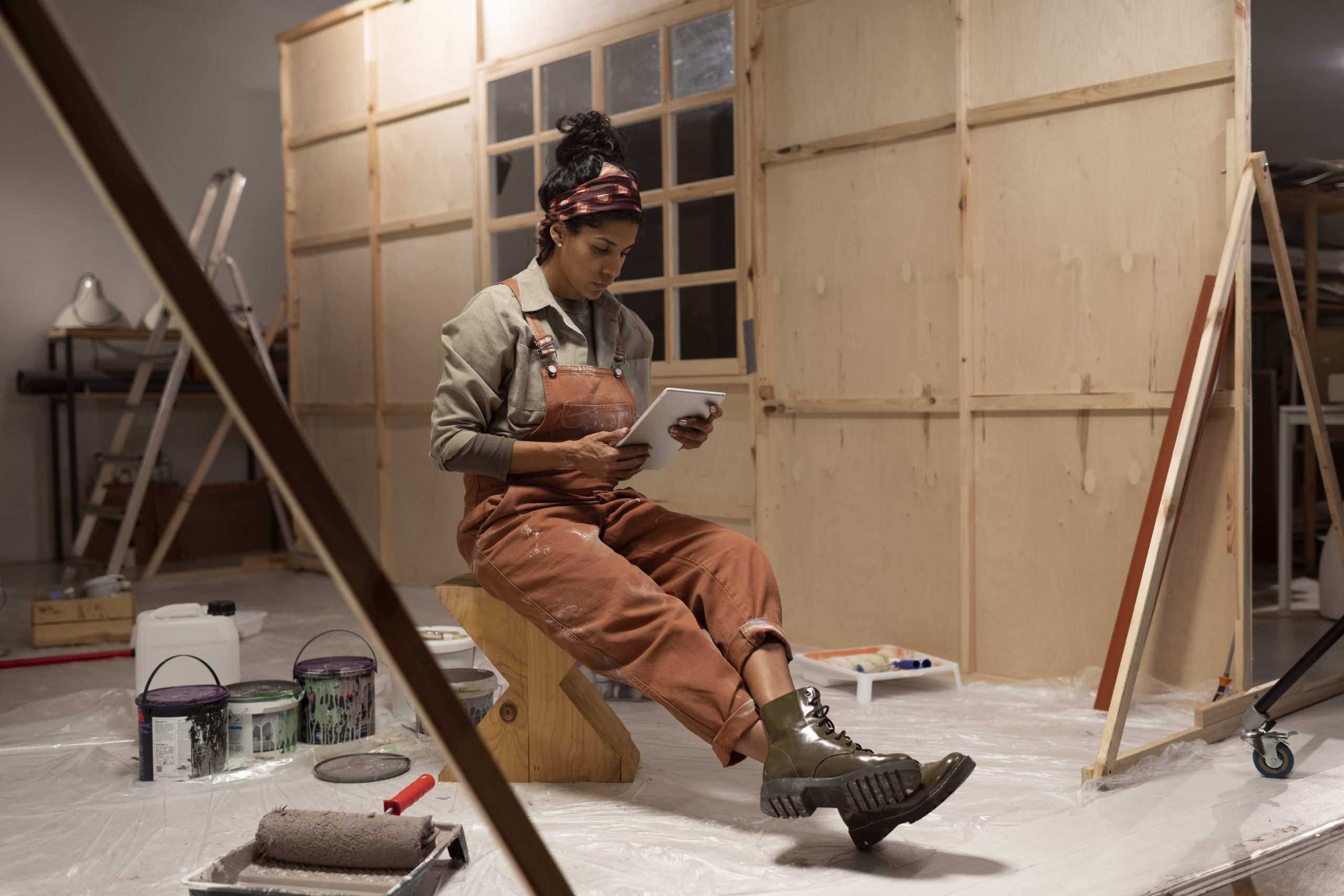How to Eliminate Mold and Mildew from Books
Books hold more than just stories—they carry memories, knowledge, and a sense of comfort. But when mold and mildew invade their pages, they become fragile relics at risk of being lost forever. That musty smell, the telltale spots on the covers, and the delicate pages that seem to crumble with every touch are signs that immediate action is needed.
Left unchecked, mold and mildew don’t just damage a single book; they spread, compromising entire collections and even affecting the air quality in your home. Whether it’s a beloved childhood novel, a rare antique, or an entire bookshelf of favorites, knowing how to safely remove mold and mildew can mean the difference between preservation and loss.
Many book lovers hesitate to intervene, fearing they’ll cause more harm than good. Harsh chemicals, improper handling, and common cleaning mistakes can further damage already weakened pages. But with the right techniques, mold, and mildew can be eliminated without compromising the book’s integrity. Simple, effective methods exist to restore books and protect them from future outbreaks.
By learning how to clean and store books properly, you ensure that their magic lasts for generations. Whether rescuing a single volume or safeguarding an entire collection, the right approach turns book preservation into an act of love. A well-maintained library is more than a source of stories—it’s a sanctuary of history, wisdom, and wonder.
My Personal Journey With Books
My home office also serves as my library. My older books are still hanging out at my mother’s house. I don’t really have a reason for not moving them here, other than there is no actual room for them, but now that I no longer have to share the office, I am all about trying to make it more like a ‘study’ rather than a home office. It just seems to have a nicer ‘college literature professor’ feel. Because we hope to sell this house in 2015 and move closer to the city and my husband’s work, I don’t plan to put much effort into this room other than paint the red walls.
The red walls were not my idea. My husband has been into Captain America for 30 some years now. When I moved in, we shared the office up until last year when we had to demo our barns for a new one, and he built a man cave out there. Thankful I now I have my own space (even though he still uses the closet and kiddo has her 3 storage totes of Lego’s in here) I am not thrilled by the red walls of screams. I “scream” because that is how I feel every day when I have to spend time here working.
I can’t wait to buy some paint and cover this mess up. Soon. And I can’t wait to share the makeover with you.
Right now, I only have a few antique books hiding in those bookcases at my mother’s. Here at home, I only have a handful, and I store them in my China cabinet out of harm’s way. I recently acquired a 1914 book of Edgar Allan Poe’s works. If you’re planning to buy books, using a Abebooks coupon code can help you save money, always nice to save a bit when building a collection.
While I’m thrilled, I wondered how I would keep it safe and sound as I haven’t really considered how to properly take care of some of my older books other than using special gloves for older and much more valuable reads.
Many readers spend years filling their personal library. Dust, mold, and mildew can easily destroy these marvelous possessions if not properly treated. By following these few simple steps, you don’t have to worry about the risk of having to recycle your favorite book.
Some things you will need:
- Books
- Lint free cloth
- Flashlight
- Cornstarch
- Chlorine bleach
- Old rag
- Bucket
- Spray bottle
- Hydrogen peroxide
- Warm water
- Vacuum cleaner
- Baking soda
Instructions:
1. Check the room for mold and mildew. Remove the books from the room and place them in a humidity controlled room making sure it is below 70%. For older books, those with leather covers, and those that are wet from the moisture, sprinkle cornstarch between the pages then wrap them in a lint free protective cloth available and fine bookstores. Once the room is clear of the books uses the flashlight to check all of the corners and shelves for signs of mold and mildew.
2. Patch the cracks and leaks. If mold or mildew has been discovered you will need to patch up sources of moisture. If the problem is poor ventilation, try using dehumidifiers or have an exhaust fan installed in the room.
3. Vacuum the area. Vacuum the mold on the affected area. If your vacuum has a cleaner brush attachment, use it. You can also use a soft scrub brush. Scrub the area to remove as much of the mold and mildew as possible. Vacuum these fragments.
4. Clean and sanitize the area. In a bucket mix ½ cup chlorine bleach with two gallons of water. Fill a spray bottle with the mixture and spray on the affected area (not the book!) Wipe with an old rag and rinse with fresh water. Allow to dry thoroughly.
5. Put the area back together. Once the affected area has finished drying, all books are clear of mildew and mold, the repairs made and humidity under control, it is time to bring the books back in. Those wrapped in protective cloths should stay that way to help eliminate mold and mildew in the future. You can brush out the cornstarch that was left between the pages.
For added benefit, leave a box of baking soda or cornstarch open but hidden to absorb moisture in the room.
Preserving the Magic of Your Books
Mold and mildew can threaten even the most cherished books, but with the right care, they don’t have to be lost forever. Gentle cleaning techniques, proper storage, and a proactive approach to moisture control can restore books to their former glory while preventing future damage. By protecting your collection, you ensure that each book remains a source of inspiration and knowledge for years to come.
Books are more than objects; they are gateways to different worlds, keepers of history, and companions through life’s journey. Safeguarding them from mold and mildew is an act of preservation, allowing their magic to endure across generations. A well-cared-for library is a treasure trove, waiting to be explored and shared with those who appreciate the power of a great story.





I don’t really read and my husband mostly reads off of his Kindle these days, but he does have some old books down in the basement. I wonder if they are moldy. Hmmm….
They could be if you have a lot of moisture in the basement. I know it our old house no book is safe down there.
I have one or two very old books and I guess I better check them out-they have been in a bookcase for years now! I think my mom has a couple of expensive older books-I will tell her about this as well.
I’ve had some great books get ruined by moisture damage. This was long before Pinterest. I would be upset if most of my older books got ruined but I could always re-purpose them into great crafts and such.
This is a great post! We don’t have any old books at our house, but my parents do! I will share this with them!
I have a ton of old books that I’ve acquired at my job. I work in alumni relations. The oldest book I have is from 1912. These are GREAT tips!
This is interesting as mold can truly be damaging to one’s health. You’ve made me think about our antique books in a very different light!
It really can be.